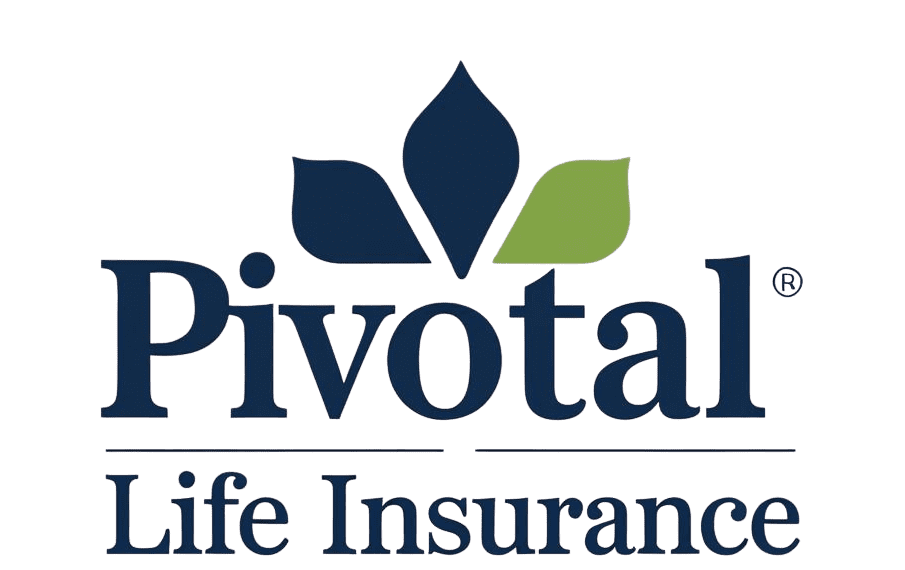Ever wondered how your life insurance premiums are really used? Unlike traditional plans, where everything is bundled together, an unbundled life insurance policy, sometimes called a Universal Life policy, offers clarity. This type of permanent life insurance separates the components of a life insurance policy, showing how part of the premium pays for the mortality risk and expenses while the rest builds cash value.
Through unbundling, the purchasing of policies through multiple carriers, you gain more flexibility than insurance products not purchased from a single carrier or insurance company. Beyond flexibility, this approach ensures your coverage provides cash to beneficiaries upon the policyholder’s death, giving you transparency, control, and lasting peace of mind.
What Is an Unbundled Life Insurance Policy?
An unbundled life insurance policy is a type of permanent life insurance that provides transparency by separating the different components of a life insurance policy. It clearly shows how part of the premium pays for the mortality risk and expenses, how much goes into the cash value or savings, and the administrative fees. Unlike traditional bundled policies, such as whole life insurance, where all elements are combined into a single premium, an unbundled insurance approach itemizes each component.
Think of it like this: a traditional life insurance policy is like buying a combo meal—you get the main dish, a side, and a drink, but you don’t know the cost of each item. An unbundled life insurance policy is like ordering à la carte—you see exactly how your money is allocated for insurance, savings, and fees, giving you clearer control over your coverage.
The 3 Core Components of an Unbundled Policy

The Death Benefit (Cost of Insurance): This is the pure insurance portion. A part of your premium pays for the guaranteed, tax-free payout your beneficiaries receive upon death. In an unbundled policy, this cost is transparent.
The Cash Value Account (Savings/Investment): After deducting insurance costs and fees, the remaining premium goes into your cash value account. This grows over time based on interest rates or investment performance. You can typically borrow against it or withdraw funds.
Fees and Charges: This covers administrative costs, commissions, and other expenses. With an unbundled policy, these charges are fully transparent.
How Does an Unbundled Life Insurance Policy Work?
When you pay your premium:
The insurer first deducts the cost of insurance and administrative fees.
The remaining funds go into your cash value account, earning interest or investment returns.
Key features include:
Flexible premiums: Some policies allow you to adjust payments within limits.
Cash value coverage: If you have enough in your cash value, it can cover premiums temporarily.
Adjustable death benefits: Policies can be modified to reflect changing life circumstances.
Pros and Cons of an Unbundled Life Insurance Policy
| Advantages | Disadvantages |
|---|---|
| Transparency: You can see exactly how premiums are allocated. | Higher Risk: Cash value growth depends on market performance and isn’t guaranteed. |
| Flexibility: Adjust premiums and death benefits as your financial needs change. | Requires Active Management: You must monitor your policy to ensure sufficient cash value. |
| Potential for Higher Returns: Cash value may grow based on market performance. | Complexity: More moving parts than a whole life policy. |
| Control: Greater insight and sometimes direct management of investments. | Potentially Higher Fees: Separate fees may exceed bundled policy costs if not managed carefully. |
Who Is an Unbundled Policy Best For?
This type of policy suits individuals who are:
Financially Savvy: Comfortable with investments and monitoring performance.
Seeking Flexibility: Anticipate adjusting coverage or premiums over time.
Wanting Transparency: Desire a clear view of costs and returns.
If you prefer guaranteed premiums and cash value growth without oversight, a traditional whole life policy may be better.
Frequently Asked Questions (FAQ)
Is universal life insurance an unbundled policy?
Yes. Universal life insurance separates insurance, savings, and expense components, offering flexibility in premiums and death benefits.
How is an unbundled policy different from whole life insurance?
Whole life bundles costs and savings into a fixed premium with guaranteed growth. Unbundled policies separate components, providing transparency and variable returns but requiring more oversight.
Can I lose money in an unbundled policy?
While the death benefit is secure if premiums are paid, the cash value is subject to market risk. Poor investment performance could require higher premiums to maintain coverage.
Conclusion
An unbundled life insurance policy pulls back the curtain on how your premiums work, offering transparency and flexibility. By separating the death benefit, cash value, and fees, you have more control and insight into your financial future.
This approach isn’t for everyone. If you value transparency and adaptability and are willing to actively manage your policy, an unbundled life insurance plan can be a powerful addition to your financial portfolio. Consult a qualified financial advisor to see if it aligns with your needs.

